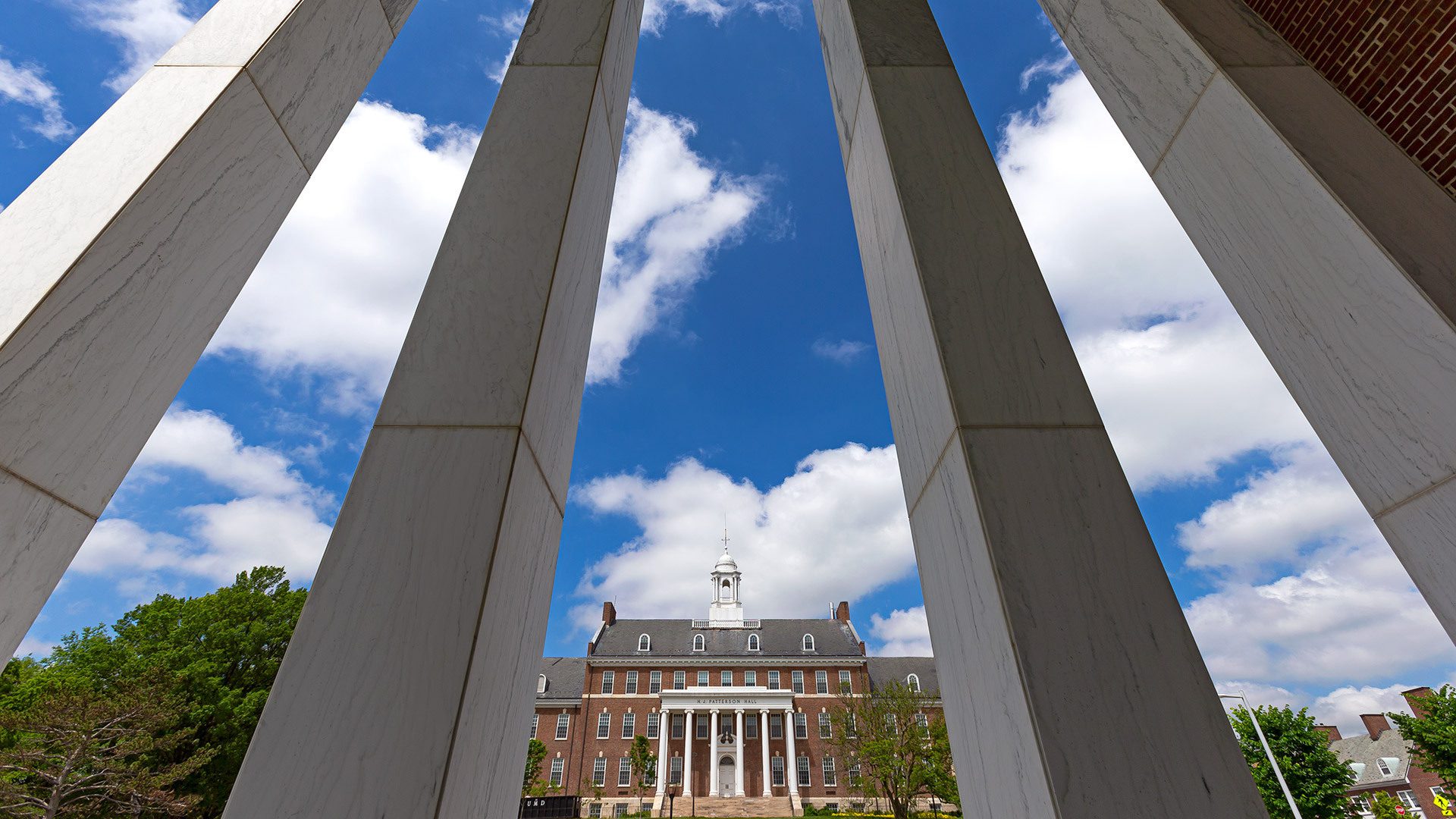- April 26, 2021
- By Liam Farrell
The University of Maryland is aiming to add more than 100 tenured or tenure-track faculty from underrepresented backgrounds over the next decade with a new commitment of $40 million across schools and colleges.
The FAMILE program—Faculty Advancement at Maryland for Inclusive Learning and Excellence—represents a near-tripling of support for several existing recruitment and retention programs aimed at improving diversity among faculty across campus.
“A diverse and equitable multicultural community will drive us to our goal of inclusive excellence in everything we do,” UMD President Darryll J. Pines said while announcing the initiative during his inaugural address last week. “We want our student body to be taught by the highest quality faculty who reflect our values and advance our journey of inclusive excellence.”
FAMILE, funded by the Office of the Provost with matching funds from colleges and schools, will increase the funding for three existing initiatives: the President’s Postdoctoral Fellowship Program, with an added emphasis on converting fellows to permanent positions; the Assistant Professor Targeted Hire Program; and the Senior Targeted Hire Program.
“We know that our students of color want to see faculty that look like them in the classroom,” said Ann G. Wylie, interim senior vice president and provost. “They want to know that those positions are available to them.”
A primary focus will be creating a welcoming climate for each recruited faculty member, so they are incorporated into a collegial academic community and exposed to connections that will advance the new hire’s expertise, career and sense of agency.
To do so, individual departments are required to conduct a “readiness assessment” with campus partners such as the ADVANCE program, begun in 2010 to promote the retention and advancement of women faculty, and the Office of Diversity and Inclusion to make sure they can successfully onboard diverse faculty; ensure that search committee members receive implicit bias training; and develop and submit a faculty retention plan that addresses mentorship, professional development, and opportunities to engage in collaborative grant and scholarship opportunities, internal and external research presentations, and Big Ten leadership programs.
Applications are currently being submitted and the first new fellows and faculty will arrive in the fall, Wylie said.
“We are looking for the best faculty in the nation,” she said. “We need to be competitive.”
Wylie, a professor emerita of geology who came to UMD in 1972 as the only female faculty member in the then-Department of Agronomy, recalled the personal impact of having a female professor during her undergraduate career who was pregnant and returned to the classroom after the child was born. Wylie successfully raised four children while teaching at Maryland.
“When you see someone like that, it makes a big difference,” she said. “When I became a professor, I never forgot that image.”
